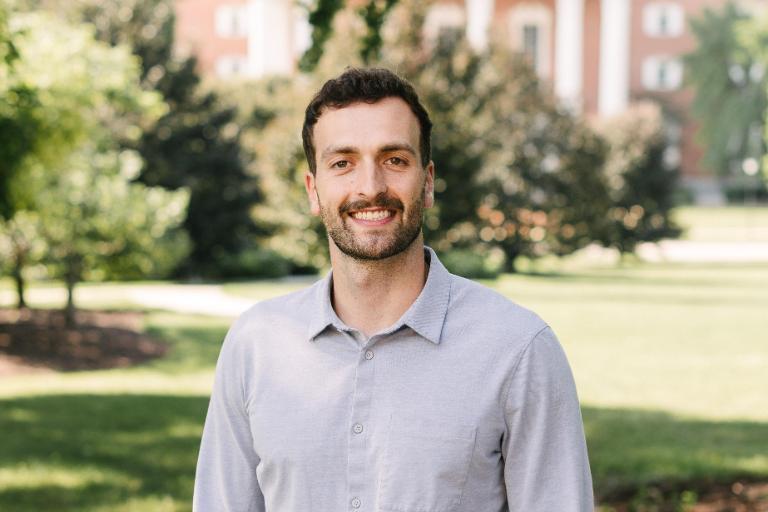Sixty Thousand Discipleship Meetings: Jim Stump ’66
Words: Emily Bratcher
Photos: Daniel Motta

Jim Stump ’66
Trophy Club, TX
In 1970, when Jim Stump ’66 arrived at Stanford University as the campus director of Campus Crusade for Christ (Cru), there weren’t many Christians on the football team. They also hadn’t won a Rose Bowl in decades.
Head Coach John Ralston invited Stump to speak to the entire team about Cru, and Stump, wondering if it would be the first and last time to talk to the team, used the opportunity to share the gospel.
“Several guys received the Lord in that team meeting,” Stump said. “I began to meet with them, we started a Bible study, and they invited their friends.”
The work just took off from there, and in 1971, Stanford won the Rose Bowl against Ohio State University, which was ranked number one in the country that year. In 1972, with around 40% of the team having come to Christ, Stanford won it again—this time against the University of Michigan. When the tennis coach—an atheist—heard what Stump was doing for football, he recruited him to the tennis team. Stump was more than happy to share the gospel with them. After a significant losing streak, they ended up winning the NCAA championship in 1973—and 17 of the next 25 years.
“I’m not taking credit for any of this,” Stump said. “God’s got a good sense of humor. He opened the doors, and I was in the right place at the right time with the right training. God just did a miracle.”
At the time, Stump, who was in his mid-20s, had already witnessed God do the seemingly impossible during his childhood. God kept his family alive during their first winter as missionaries in a remote Alaska village, with temperatures dropping to -56°F. God sustained them through Stump’s dad’s tubercular diagnosis and a move to Seattle, where Stump and his older brother chopped wood at $0.25 an hour to carve out a living for his family.
In high school, Stump played football and baseball and forged a relationship with the coach for both, Dwight Nyquist ’56. “Through Dwight, I knew Wheaton was the best combination of athletics and academics in the country,” he said. “Because of my relationship with Dwight, I wanted to be a high school coach.”
After graduating from Wheaton, Stump moved to England to work with Cru on a University Ambassador Team of 55, trained to launch Cru in Europe. Later, he moved with Cru to Northern California, where he’d start a rich ministry on the Stanford campus, handing it down to another Wheaton graduate, Jim Black ’94, M.A. ’99, when it was time to pass the torch in 2017.
Although he regularly addressed large groups, the heart of Stump’s ministry was meeting one-on-one with student athletes. Five years into his work at Stanford, Stump stepped out in faith again and started his own ministry, Sports Challenge, which centered on that type of mentoring. He later wrote about that ministry in his book, The Power of One-on-One: Discovering the Joy and Satisfaction of Mentoring Others (Baker Books, 2014).
Each week, over the course of his time at Stanford, Stump would meet one-on-one with about 35 athletes. Doing the math (and accounting for school breaks), that meant that Stump had more than 60,000 one-on-one meetings with Stanford athletes over the course of his career—but there’s no equation that could measure their impact.
“I wound up being there for 45 years, and it was the best 45 years of my life,” he said.




